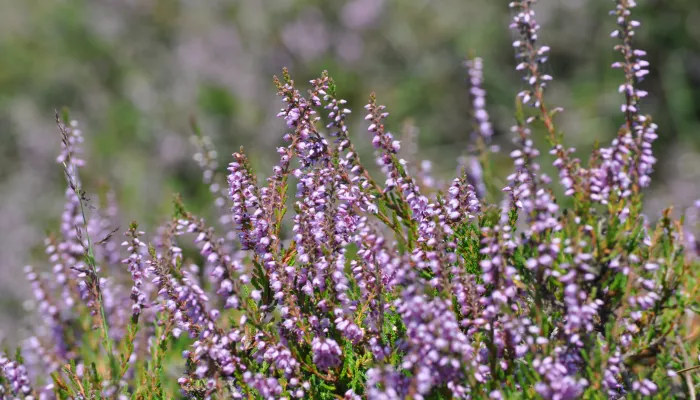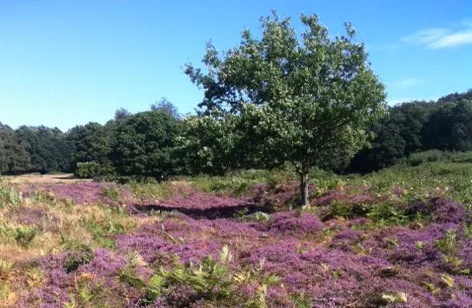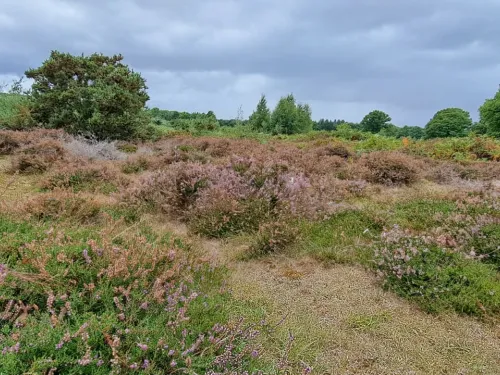
Meet the enchanting heath fritillary butterfly
This rare butterfly relies on wild woodlands - learn more & support its future.



This rare butterfly relies on wild woodlands - learn more & support its future.

Long-time volunteer Margery Thomas explores what Hothfield Heathlands is like on a crisp November day.

Area Manager, Ian Rickards, takes a moment to reflect on the work at Hothfield Heathlads throughout the summer months.